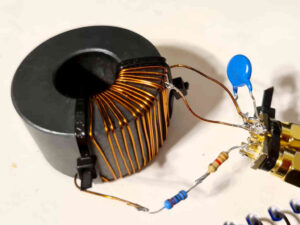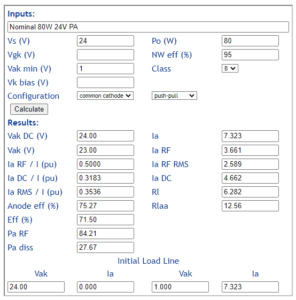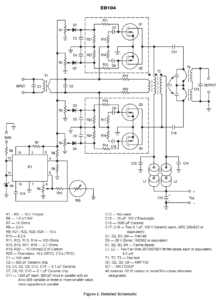I managed to drop a chainsaw clutch and it separated into its component parts.
Thinking there would be a simple trick to this, I consulted Youtube. It turns out that reassembling these has proved a challenge for many people, and their online posts informed as to what approaches don’t work well, describing the many hours spent trying to reassemble. One online expert advised buy another, they are so cheap.
Above is a clutch of the type I will discuss, mine is from a 45-58cc Chinese chainsaw. There are variants, and the technique may be adaptable to them. Continue reading Reassembling a certain common chainsaw clutch








